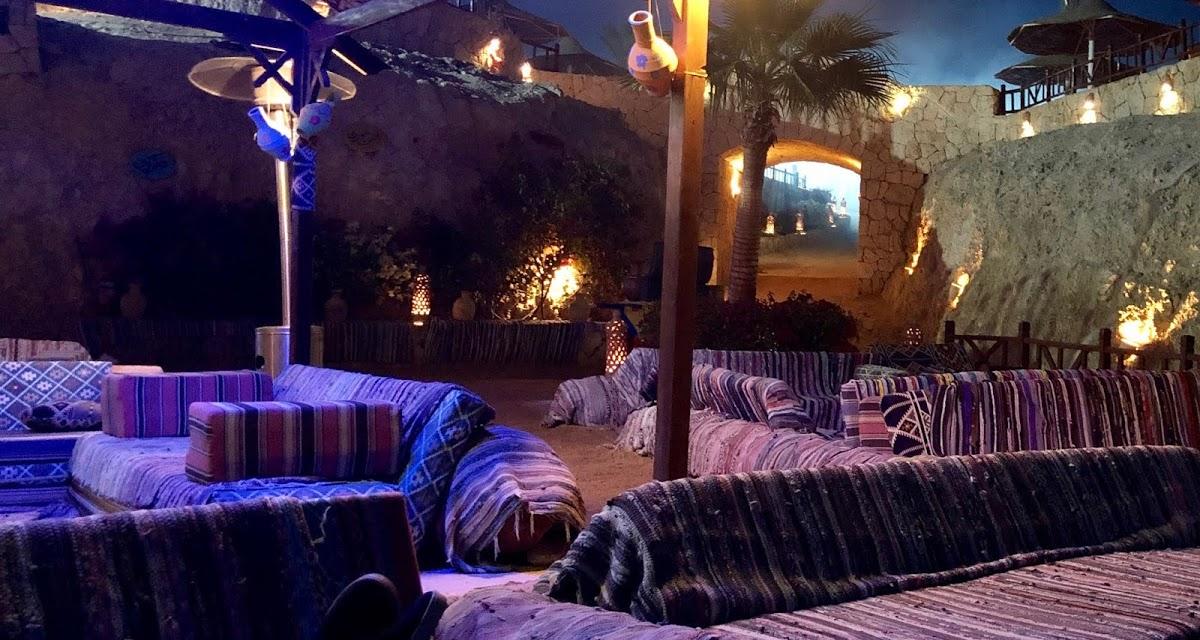Syria
WELCOME TO Syria
Country Overview
Damascus
185,180 km2
17.5 million
Arabic

Popular
Geography and Tourist Attractions
Information about the country's tourist attractions, including popular destinations, events, and activities.
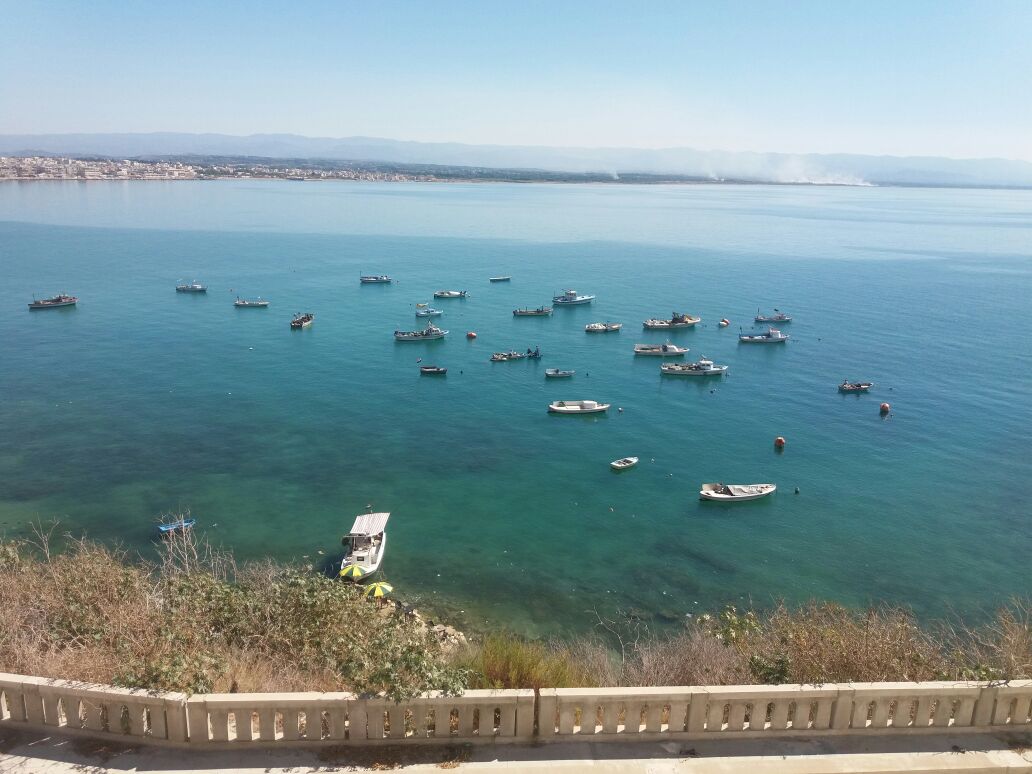
Mediterranean Coast
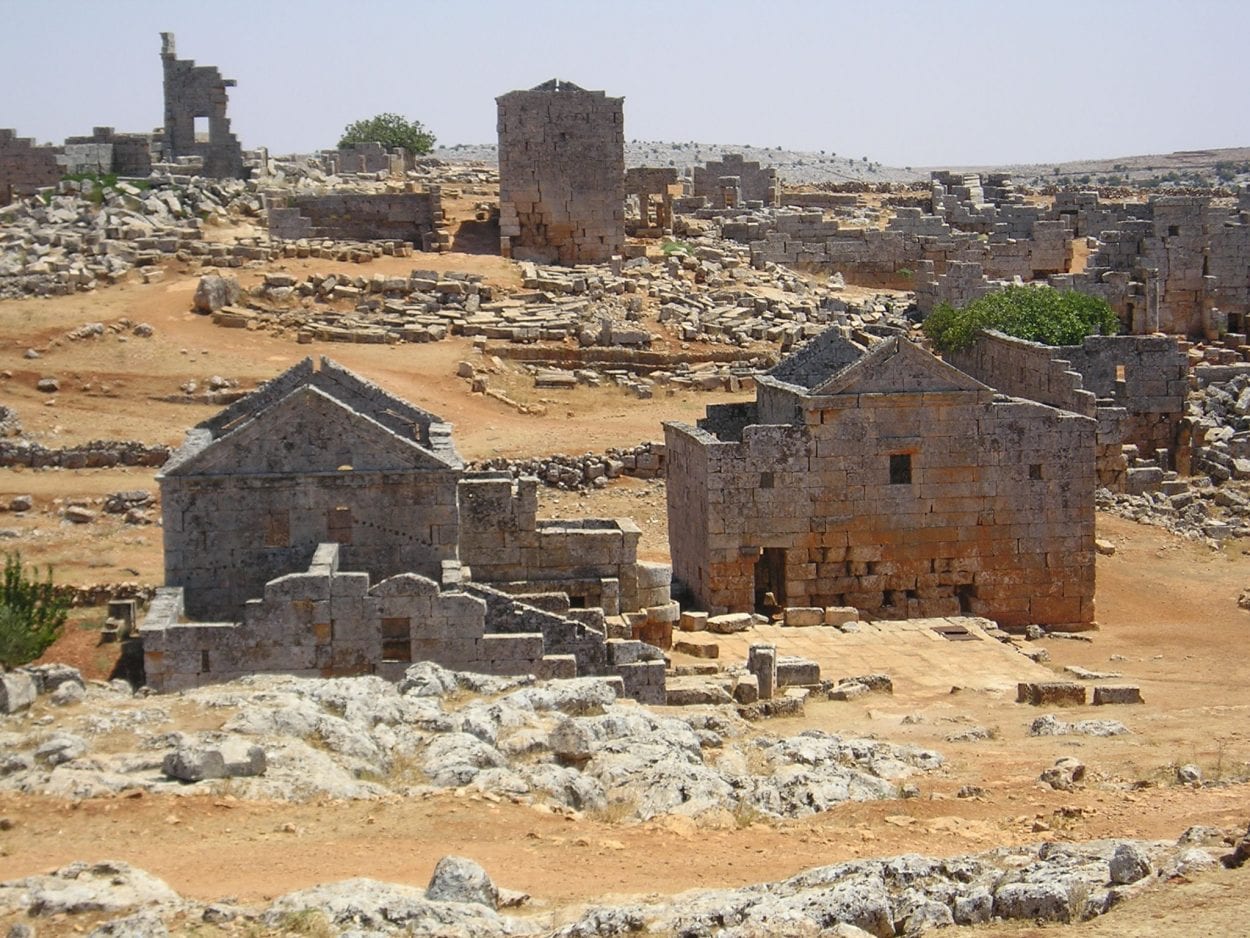
The Dead Cities
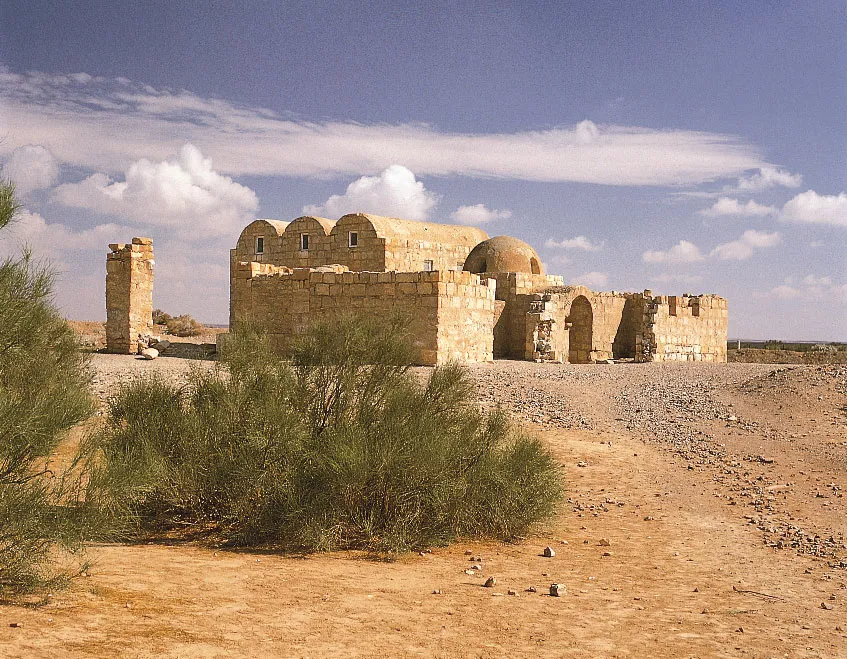
Desert Castles
Political
Economy and Government
Syria's economy has faced significant challenges in recent years due to the ongoing conflict and political instability. Prior to the crisis, the country's economy relied on agriculture, oil, industry, and services. Agriculture played a vital role, with crops such as wheat, barley, cotton, and olives being major contributors. The oil sector, once a significant source of revenue, experienced a sharp decline due to damage to infrastructure and international sanctions.
The conflict has had a severe impact on Syria's economy, leading to a contraction of GDP, high inflation, soaring unemployment rates, and a decline in living standards. The government has implemented measures such as price controls, subsidies, and rationing to mitigate the effects on the population.
Syria is a unitary dominant-party semi-presidential republic. The government is led by the President, who holds executive power, and the Ba'ath Party has maintained a dominant role in Syrian politics. However, the ongoing conflict has led to a fragmentation of power, with various factions controlling different parts of the country.
The government's ability to govern and provide services has been significantly hampered by the conflict, and the international community has been involved in various peace initiatives to find a resolution and support reconstruction efforts.
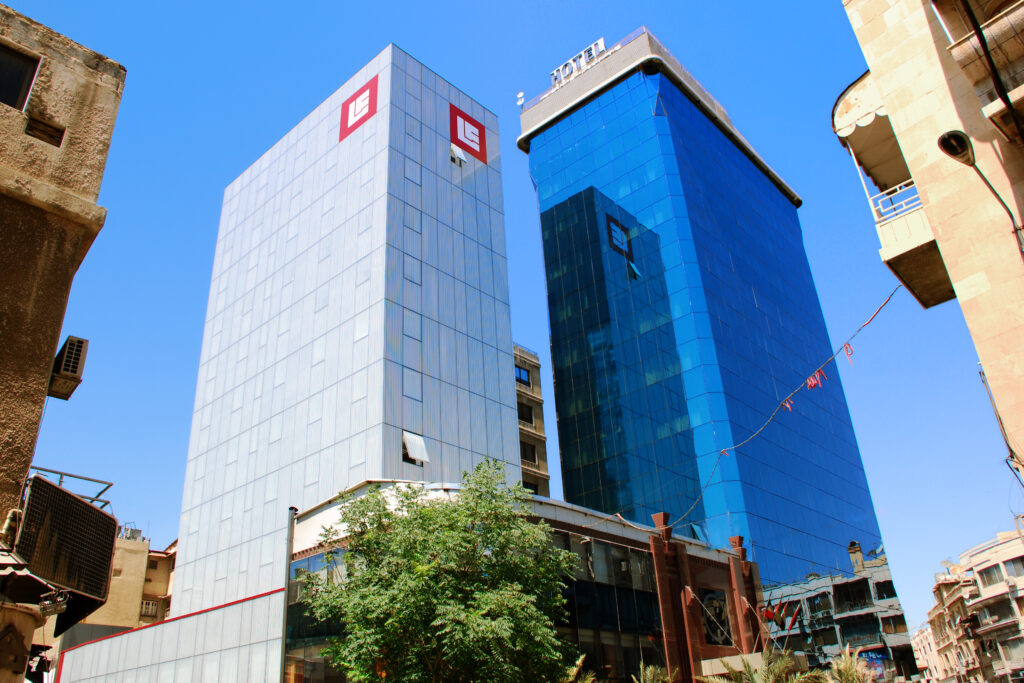
History
History and Culture
Syria, a land steeped in history and rich in culture, holds a prominent place in the annals of human civilization. Nestled in the heart of the Middle East, its geographical location has made it a cradle of ancient civilizations. From the ancient city of Palmyra, renowned for its architectural marvels, to the historical significance of Aleppo's imposing citadel, Syria's past is a tapestry of diverse influences.
Throughout history, Syria has witnessed the rise and fall of great empires, including the Roman, Byzantine, and Ottoman. Its cultural heritage is a testament to this legacy, blending elements of Arab, Persian, Greek, and Turkish traditions. The country's art, music, and literature reflect this multicultural fusion, celebrating a shared heritage while embracing unique local identities.
However, Syria's recent history has been marred by conflict, causing immense devastation to its cultural heritage. Priceless archaeological sites have been damaged, and ancient artifacts have been lost. Nevertheless, efforts are underway to preserve and restore these treasures, symbolizing the resilience and determination of the Syrian people.
Syria's history and culture remain resilient, with its people carrying on age-old traditions and forging a path toward a brighter future. As peace and stability gradually return, the world eagerly awaits the revival and preservation of Syria's rich historical and cultural legacy, ensuring its enduring significance for generations to come.
HOTELS

Four Seasons Hotel Damascus
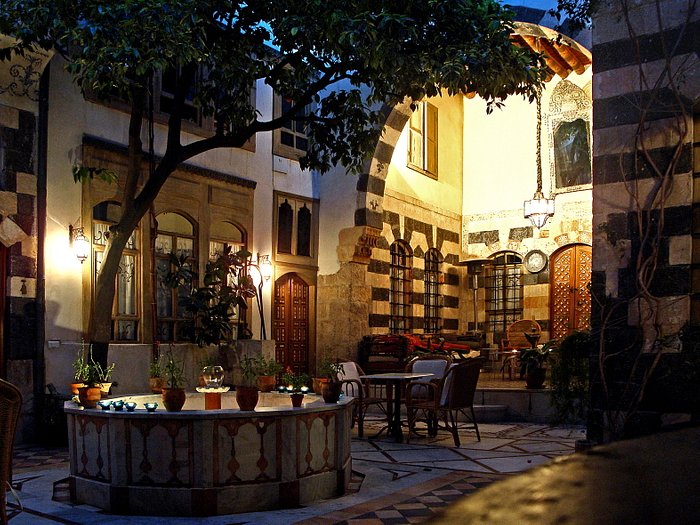
Beit Al Mamlouka
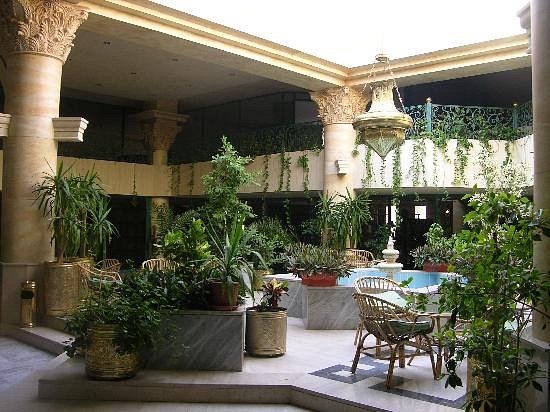
Dedeman Palmyra
RESTAURANTS
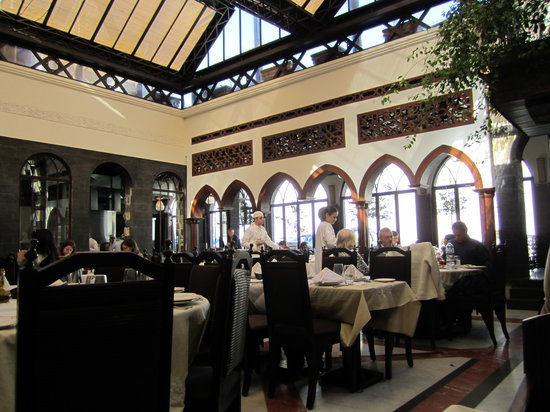
Naranj Restaurant (Damascus)

Beit Jabri (Aleppo)
